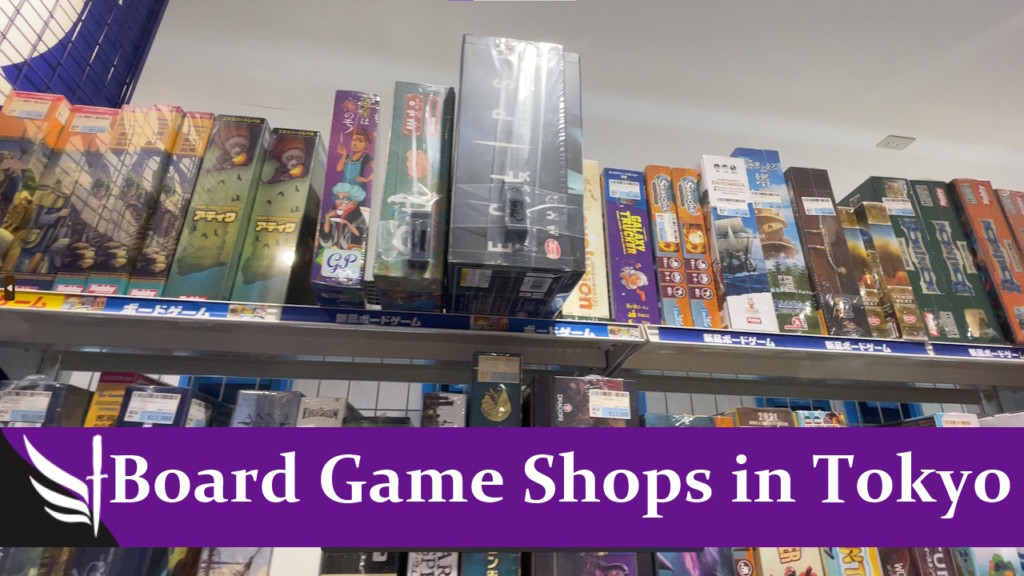Board Game Shops in Japan (and Travel Tips)
I completed a dream of mine and spent two amazing weeks in Japan.
While I was there I visited board game shops and have some tips for visiting Japan for you too.
Board Game Shops in Tokyo
This is a quick tour of the board game shops with a decent selection. There are a few lists of shops around but I found some were shut, don’t have games or only have a couple.
I of course bought a few games while I was there, those that are Japan only and did a few unboxing videos in my hotel room.
This is my vlog of my trip including shines, temples and lots of Pokemon stuff!
Tip for visiting Japan
If you’re here for the board games, stay for the tips. If you (like me) like video games, anime, manga etc or if you (like me) like visiting shrines, temples and gardens then Japan is a great country to visit.
I did a lot of research before I went to make sure I could maximise my two weeks so I want to give my tips here as well as links to the resources I used to help me on my trip.
1 – Plan your Journey
Work out what you want to see. For me, the furthest west was the Itsukushima Shrine and the furthest east was Tokyo Skytree. That’s an 11-hour drive from one to the other. Coming from Britain that’s an insane journey. I’m sure those of you from the USA etc see that as an afternoon out 🙂 But planning helped a lot here.
I based myself in Tokyo and did day trips to Miyajima/Hiroshima/Osaka (Staying the night in Osaka), one trip to Kyoto and one trip to Hakone. The rest of the time I was in Tokyo where the bulk of the stuff I wanted to see, do and eat was.
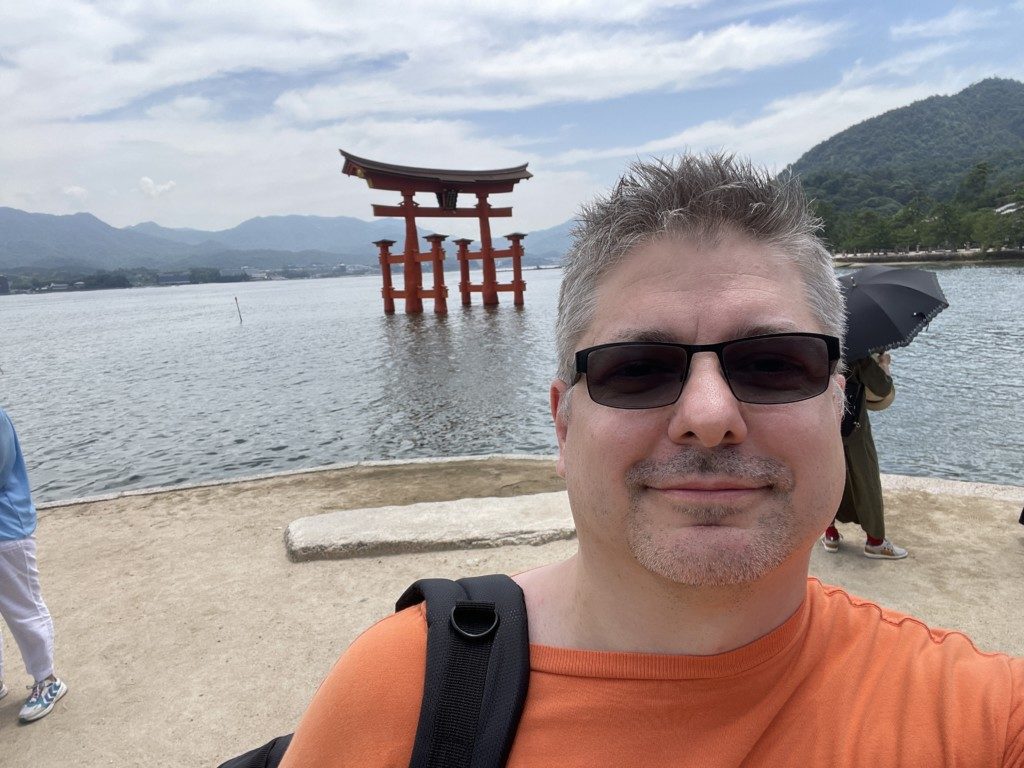
This worked well for me. The only changes I would have made are to trade some Osaka city time to take a trip to Nara Park and spent more time in Kyoto. But overall I’m really happy with how I spent my time and this was due to the planning I did beforehand.
For this, I found the places I really wanted to do, such as visiting the Pokemon Centre in Shibuya. Then I searched Youtube for “Things to do in Shibuya” so I could spend a dedicated day in the area. Simple but effective.
2 – How to Use Japanese Transport
Using and knowing how to use the Trains, Shinkansen, Buses and Taxis is a must. So here is what I’m glad I knew before I went.
Suica Card & Trains
Firstly, all about the Sucia card, how to top it up and use it. This is a card you top up with cash that lets you tap on and off the train and saves a lot of time buying individual tickets. You can also use it on some buses and vending machines so it’s really useful. I’ve linked to the Cakes with Faces video (Something I’ll do a lot in the blog) on how to get one, top it up and use it.
If you don’t have a Suica card you can buy individual tickets but you often have to read station names in Japanese to do this. I had an app called ‘Japan Travel’ that let you put in the station names and it would tell you the cost. So then you’d just have to buy a ticket for the right price from a machine rather than work it out yourself.
Also, check out Cakes with Faces all encompassing train travel video that I found super useful.
Each train station has its own theme tune. Ebisu is the best 🙂
Bullet Train
Secondly, how to book tickets for the Shinkansen (Bullet Train). It’s not very straightforward forward so using the Cakes with Faces video on booking Shinkansen Tickets with a JR Railpass is really handy! This video was released a couple of weeks before I went and I’m so glad! More on the JR Railpass in the next tip.
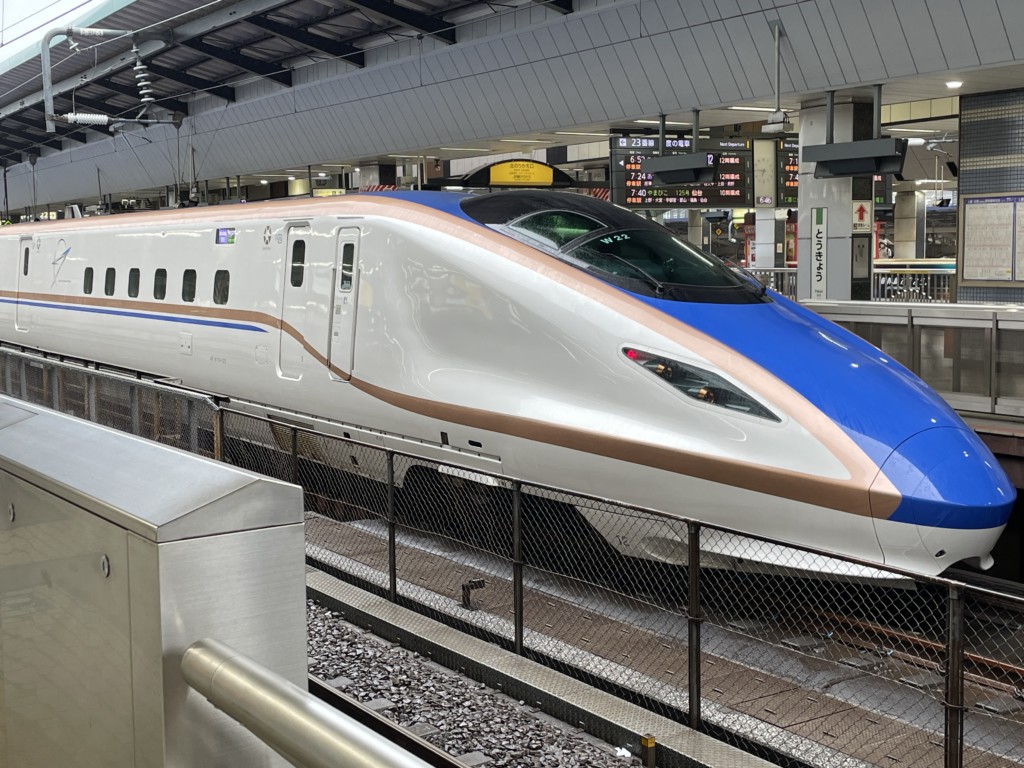
Bus
Thirdly are buses. Weird one this! I only used 2 and both were very different. The first was in Hakone where you get a ticket with a number on and a screen would keep a running total of how much that ticket number would cost at the next stop. You also needed the exact change! Again, the Japan Rail app was spot on with the price.
The other bus was out in Yokohama and just had a flat fee per journey and gave change much easier!
Taxi
Finally taxis, they are very expensive but super convenient. I watched Midwest in the Far Easts video on how to use taxis in Japan. You can use your phone to show the driver where you want to go if you’re worried about communication.
3 – JR Railpass
This 7-day rail pass lets you use JR rail trains as much as you like in that time frame, including the Shinkansen.
It cost 30,000 yen for 7 days I used it to take 70,000+ yen in Bullet Train journies alone never mind the many individual regular train journeys the rest of the time.
If you’re making several long journies it is worth it, if not then it probably isn’t
Also, it’s an irreplaceable, non-refundable bit of cardboard. After 7 days in and out of my wallet in the pocket of the hot humid July shorts, it started to look tatty. After 3 days my nephew’s stopped working in the ticket machine and he had to keep queuing to see the guard.
This is why I did not get a 14-day pass! I activated the 7-day pass for the middle 7 days of the trip and used those days to maximise it with trips out of Tokyo.
So worth getting? Yes, but check firstly if you need one and if you do, for how long.
4 – Japanese Language Barrier
75% of the people I dealt with spoke really good English and another 20% spoke enough English to help this ignorant visitor. Most restaurants have picture menus or even English-language ones. A lot of shops have sheets to point towards with icons for shopping bags etc to help out.
But! as I said in my Essen tips blog post, learn something. Learn thank you, excuse me, please etc words you will use all the time.
I loved seeing a few older Japanese people’s faces light up when I apologised or said thank you very much in Japanese, they really appreciated the effort.
If you’re still anxious, check out this Video from Abroad in Japan talking about visiting Japan without knowing Japanese. This was the video that made me go “Yeah, I can visit Japan without starving or getting lost”. 🙂
5 – Follow the locals
Quite often I found myself seemingly walking against everyone else in the city. This is because I often drifted to walking in the middle or to the right of the walkway. I eventually made a conscious effect to walk on the left, like everyone else.
Stand on the left of escalators, look for signs to tell you to take your shoes off (or look for areas with shoeless people). Learn about or watch people at shrines and temples so you follow protocol.
Usually, walkways and where to queue in shops are stickered on the floor so it’s hard to go wrong, just pay attention.
TAKASHii from Japan is a great channel to watch if you want to know how you can fit in better as a guest and not offend the locals.
6 – Look up!
Japan in the city is very vertical. So be sure to look up or you’ll miss cool billboards, adverts or even stores on high-up floors.
For example, one branch of Yellow Submarine (great for board games) is on the fifth floor with very little at ground level to let you know it’s up there.
Also…
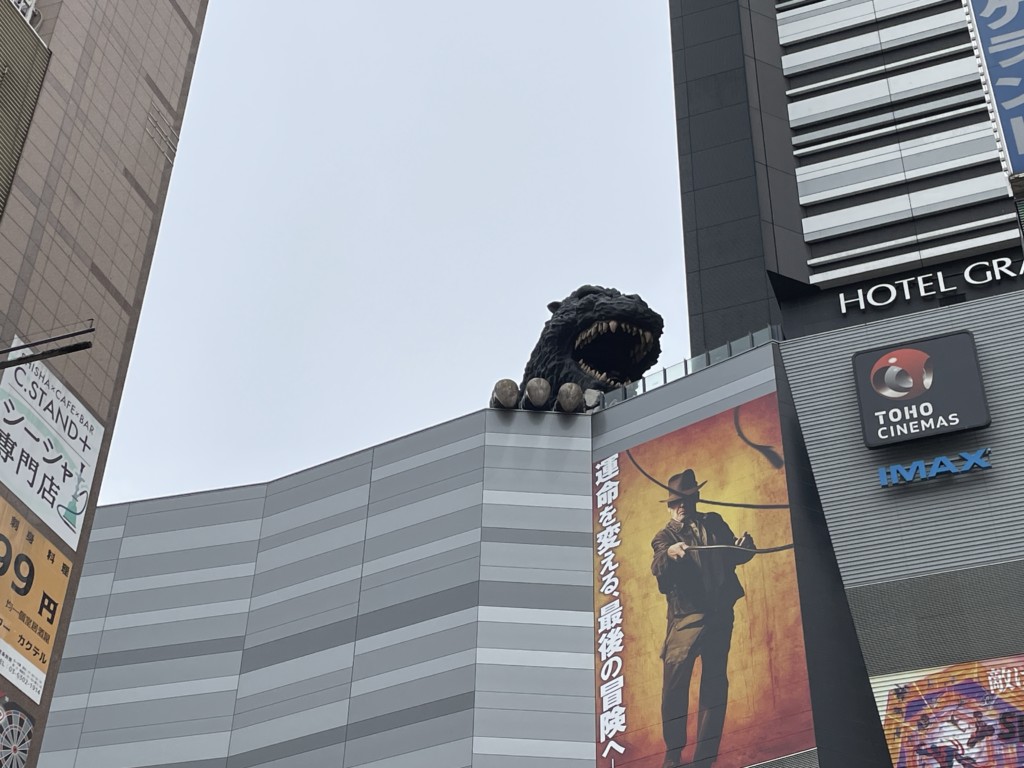
7 – Look down
I often tripped up or fell off curbs because I was looking up so much so be careful!
8 – Japan Shop Opening Times
On the first day, I was desperate to get into town and look around. I got into Shibuya just after 9 am, had the Hachiko Statue all to myself, and crossed a very empty Shibuya Scramble… Only to find most of the shops didn’t open until 11 am.
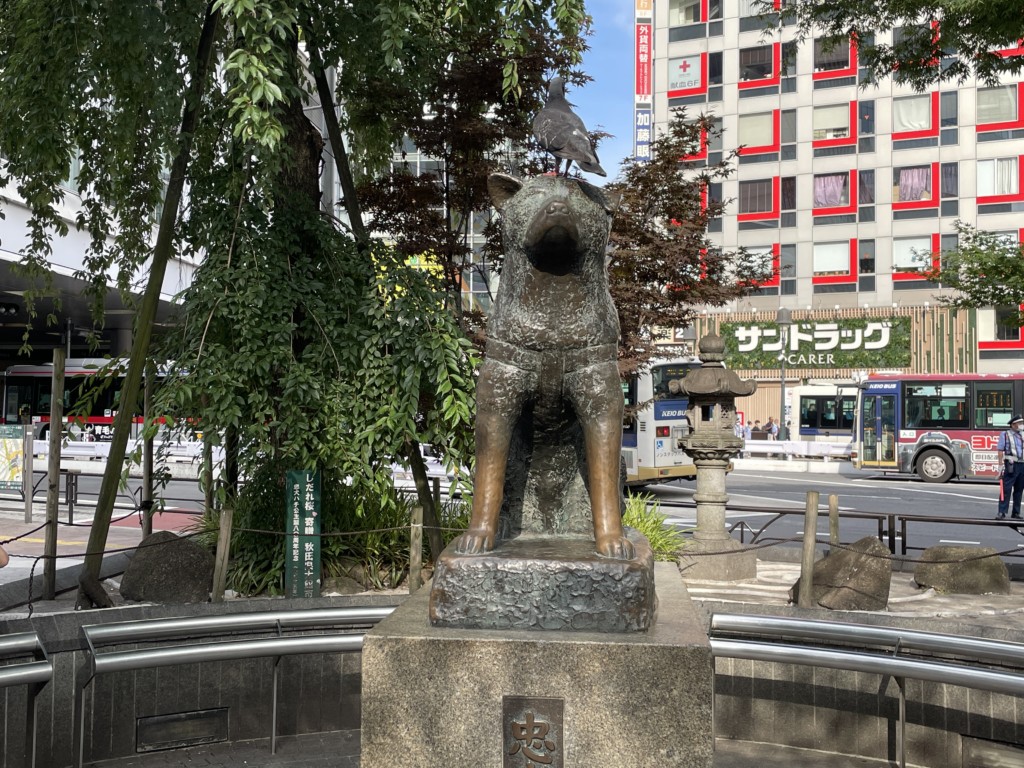
Luckily, the 9-floor Mega Don Quijote is 24 hours so we looked around there for quite a while before the other places opened.
This 11/12 opening time is countrywide. Also, several places are open on seemingly random days so it’s always worth looking them up before going.
9 – Paying
Here in the UK we hand over cash or tap our card/phone/watch. Job done.
In Japan, most cash payments are made by placing the cash into a tray rather than handing it over hand to hand.
In some places, they take the card from you to process it… I believe this is common in the US but here you keep hold of your card always so it’s weird to have it taken away.
7-Eleven have an interesting system where you deal with a cashier directly, they scan your items. But you pay using a self-service style terminal. This often allowed one cashier to run multiple tills, very efficient.
A lot of places took card but there are still a lot of cash-only systems in place. One Ramen restaurant I went to took payment for the meal by card or cash but took payments for additional orders at the table in cash only.
Also, my nephew only had Apple Pay and it was not taken in a lot of places currently.
Remember, there is no tipping in Japan, don’t even try.
10 – Is Japan good with food allergies?
In my experience, yes. I travelled with my nephew who has a severe egg allergy so we had to be careful. He had a food allergy translation card which really helped.
Here are the places we dealt with that were really good with us and made us feel at ease when sitting down to eat.
Pepper Parlour
A robot cafe that made sure which items on the menu were OK to eat and checked with the kitchen to double make sure. I think there was only one non-egg option but he enjoyed it.
Afuri Shinjuku Lumine
Had one vegan option that if picked with the correct noodles was egg free. Again, they checked with the kitchen before serving any food. My nephew really enjoyed this and we went back again a few days later.
Pokemon Cafe
Not only checked with the kitchen but brought out someone else from the kitchen to run through the options with us. There weren’t many but it’s the Pokemon Cafe! One is enough. 🙂
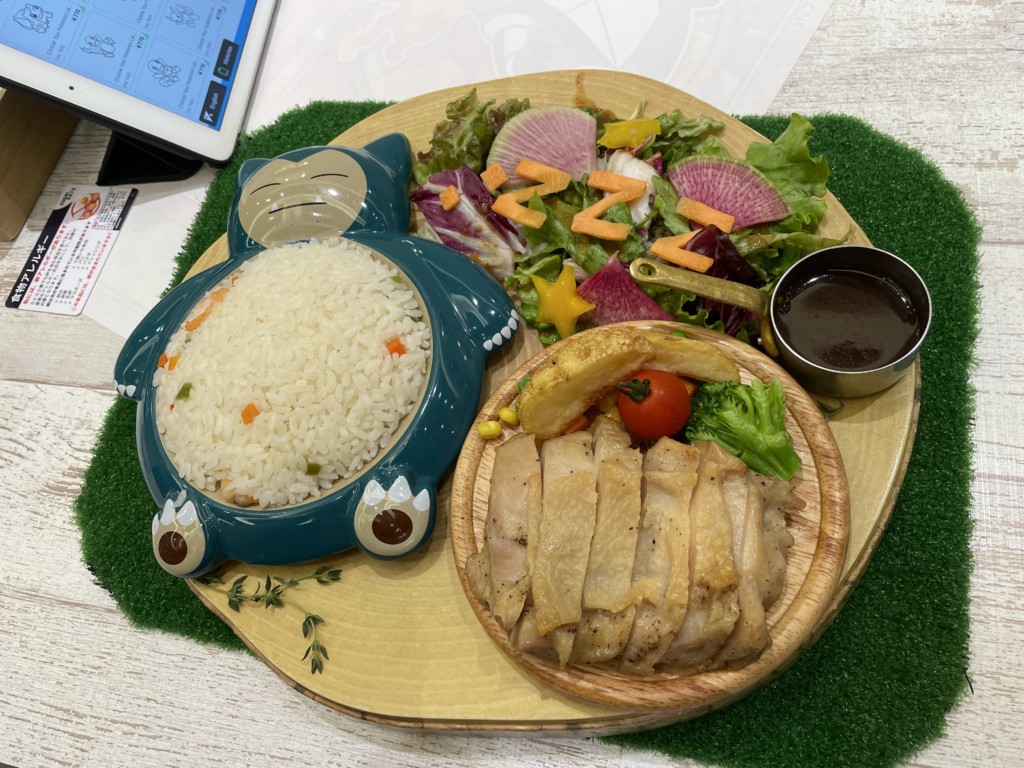
Falafel Brothers
This is a fully vegan restaurant so will cater for a lot of people with allergies. My nephew went back to this one too while I went to a non-Vegan Ramen place down the road. The staff here were amazing too.
Jongno Yataimura
A little street food stand near our hotel. Not only did they check, stop me from ordering to double-check, check again then give me the go-ahead to order, but they also changed gloves before making my nephew’s corn dog. This was super important to see and hear as this was the smallest place we bought food from. It was really tasty too and as it was near the hotel we went a lot.
Unnamed Ekiben Store, Tokyo Station
The link there is to a great channel for checking food options all around Japan because have no idea what the name of this store was. However, in this one store, the Ekiben were very clearly labelled with allergy information. It was a little counter face, not a proper shop so look out for it if you’re in the station heading out on a Bullet Train.
Kura Sushi
Now this entry is last and here with a huge asterisk. They sent out someone from the kitchen to talk us through the options. The English allergy menu on the website is great…. but the names of the menu items do not match those on the menu in the restaurant. So while there is a process in place, the confusion made it too risky for my nephew to try.
So that’s it for now, I’ll add more tips as I think of them!
Want to know anything else? Email me at rob@jestatharogue.com or on Twitter @JestaThaRogue
Hope this helps when whenever you are visiting Japan! If you have any tips feel free to comment!
Jesta ThaRogue
